Have you ever found yourself texting someone every day, going out on dinner dates, maybe even sharing a toothbrush at times, but when your friend asks, “So, what are you two?” you freeze? You don’t know whether to call it dating, a relationship, or “just seeing each other.”
If you’ve been caught in that confusing middle ground where things feel more than casual but not exactly committed, chances are you’re in what the world now calls a situationship.
It’s that gray zone of modern romance, messy, exciting, comforting, but often frustrating when you’re trying to figure out where it’s headed. With dating apps, busy lifestyles, and changing perspectives on relationships, situationships have become surprisingly common. But here’s the real question: how do you know if you’re actually in one?
Let’s break it down.
What Exactly is a Situationship?
A situationship is a romantic or sexual relationship that exists without clear labels or commitment. It’s more than a friendship but not quite an official relationship.
Unlike casual dating (where both people know it’s light and temporary), a situationship often blurs lines. You might behave like a couple hanging out regularly, sharing secrets, or even meeting friends, but without the official conversation of “we’re together.”
The defining factor? Ambiguity. Neither person (or sometimes both) is willing to set boundaries or expectations, leaving things open-ended.
Why Are Situationships So Common Today?
-
Fear of Commitment – Many people enjoy the perks of companionship without the responsibility that comes with labels.
-
Busy Lifestyles – Careers, studies, and personal growth often take priority, and commitment feels like “too much work.”
-
Dating App Culture – Swiping culture makes it easier to keep options open, rather than settling into one relationship.
-
Past Experiences – Sometimes people carry emotional baggage, making them hesitant to define anything new.
- Comfort Zone – For some, a situationship feels safe it provides intimacy without long-term promises.
Signs You Might Be in a Situationship
Sometimes it’s obvious, other times it sneaks up on you, you think you’re casually dating, but months pass and you’re still hovering in the “undefined” zone. Here’s how to spot the red flags (and green ones, depending on your perspective) that you’re in a situationship:
1. No Labels, No Definitions
If the question “What are we?” has been floating around your head but never makes it into conversation or if it does, it gets met with jokes, vague answers, or “let’s not ruin what we have”- you’re living label-free. While labels aren’t everything, the refusal to acknowledge or define the bond is often the hallmark of a situationship.
2. Plans Are Spontaneous
Unlike relationships where weekends are planned, in a situationship, most of your hangouts are last-minute. It’s more “Hey, want to grab dinner tonight?” than “Let’s book a trip for next month.” This spontaneity can feel fun at first,t bt over time, the lack of consistency makes the connection feel temporary.
Read - emotional healing
3. Emotional Connection Has Limits
You share laughs, swap memes, and maybe even open up about your day-to-day stress but when conversations get deeper (family, insecurities, long-term goals), there’s a wall. Vulnerability is kept at arm’s length, and it never quite feels like you can depend on them in heavier emotional moments.
4. Inconsistent Communication
One week, they’re texting you nonstop, sending good morning messages and random check-ins. The next week, it’s radio silence with excuses like “work’s been crazy.” This stop-start communication creates uncertainty and keeps you second-guessing your importance in their life.
5. No Integration into Each Other’s Lives
In real relationships, friends, family, and social circles start to overlap naturally. In a situationship, you’re more of a “hidden chapter.” You haven’t met their parents, you don’t regularly hang out with their closest friends, and your connection exists in a bubble outside of your real-world commitments. And for that you should know about the attachment issues in a relationship.
6. Physical Intimacy Is Central
Sure, there’s chemistry. But if your bond relies heavily on physical closeness while emotional intimacy feels underdeveloped, that’s a major indicator. If most of your interactions are around hooking up rather than meaningful conversations or activities, the dynamic leans more toward convenience than commitment.
7. Future Talk Is Missing
Conversations about the future, whether it’s a trip in six months, holiday plans, or even career goals, with each other in mind are non-existent. You might be living very much in the “now,” which can be fun, but it also means there’s no sense of long-term investment.
8. You Feel Uneasy Asking Questions
If you find yourself overthinking before asking simple things like, “Are we exclusive?” or “Do you see this going anywhere?” that hesitation is telling. In healthy relationships, curiosity about the future feels natural. In situationships, it feels like walking on eggshells.
9. One-Sided Effort
Notice who’s initiating plans, texting first, or keeping the connection alive. If it feels lopsided where one person is doing most of the emotional or practical work, it’s a signal that the dynamic isn’t balanced.
10. Your Gut Already Knows
This might sound cliché, but if you constantly feel confused, anxious, or stuck in limbo, it’s often because deep down you know this isn’t a clear relationship. Your intuition tends to catch the truth before your mind accepts it.
Also read - handling anxiety in a relationship
The Pros of a Situationship
Before you think it’s all bad, let’s be fair. Situationships do have some upsides:
-
Freedom and Flexibility – You’re not tied down by expectations.
-
Low Pressure – You can enjoy someone’s company without the weight of commitment.
-
Personal Growth Space – If you’re working on yourself, it gives breathing room.
-
Exploration – Helps you understand what you want (and don’t want) in future relationships.
The Cons of a Situationship
But here’s the tricky part: situationships can leave you feeling stuck and drained if both partners aren’t on the same page.
-
Emotional Uncertainty – Constantly questioning where you stand can be stressful.
-
Lack of Security – No commitment means no guaranteed support during tough times.
-
One-Sided Feelings – One person might catch feelings while the other keeps it casual, leading to heartbreak.
-
Wasted Time – If you’re looking for something serious, staying in a situationship can delay your real relationship goals.
-
Invisibility – Without labels, you may feel like your bond isn’t “real” in the eyes of others.
How to Know If a Situationship Works for You
Not all situationships are toxic. Some people prefer them, especially during certain phases of life. The key is self-awareness. Ask yourself:
-
Am I okay with not having labels?
-
Does this dynamic make me happy or anxious?
-
Do I want something more long-term, and is my partner on the same page?
-
Is this serving my emotional needs, or just filling a temporary void?
How to Move Forward from a Situationship
If you feel like you’re caught in one and unsure what to do next, here are a few steps:
1. Get Honest With Yourself
First, figure out what you really want. Clarity begins with self-reflection.
2. Have the Conversation
It’s scary, but ask the “where is this going?” question. Their response will give you all the clarity you need.
3. Set Boundaries
If the other person isn’t on the same page, protect your emotional energy by setting limits.
4. Don’t Be Afraid to Walk Away
Sometimes, ending it is healthier than staying in a loop of uncertainty.
5. Stay Open to Healthy Relationships
Remember, the right person won’t make you question your worth or place in their life.
 neuroVIZR brain training app offers brain training technology designed to enhance emotional regulation, improve mental clarity, and build resilience. By strengthening your mind’s ability to manage stress and uncertainty, neuroVIZR can help you cultivate the self-awareness and confidence you need to understand your relationship needs and make empowering decisions.
neuroVIZR brain training app offers brain training technology designed to enhance emotional regulation, improve mental clarity, and build resilience. By strengthening your mind’s ability to manage stress and uncertainty, neuroVIZR can help you cultivate the self-awareness and confidence you need to understand your relationship needs and make empowering decisions.
Take control of your emotional well-being today explore neuroVIZR‘s tailored programs and begin your journey toward healthier connections and greater clarity.
Closing Thoughts
Situationships are the product of our modern dating culture blurry, casual, and sometimes thrilling. But they can also be confusing and emotionally draining if you’re not clear about what you want.
At the end of the day, the label isn’t as important as how the connection makes you feel. If it brings joy, mutual respect, and peace, then maybe the lack of definition isn’t a big deal. But if it brings more questions than answers, it might be time to redefine or walk away.
So, next time someone asks, “What are you two?” don’t dodge the question. Ask yourself first. The clarity you find might be exactly what you need.










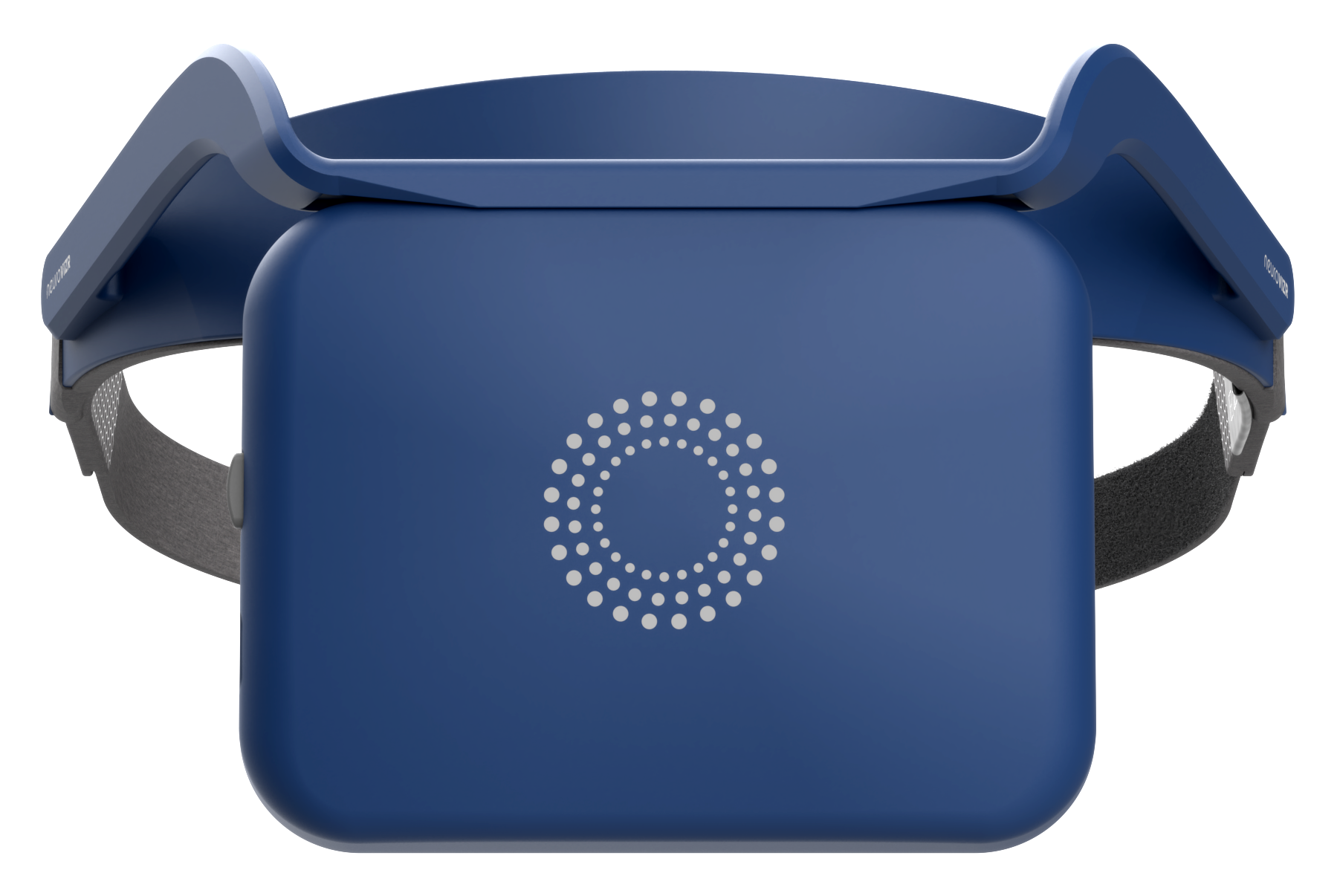

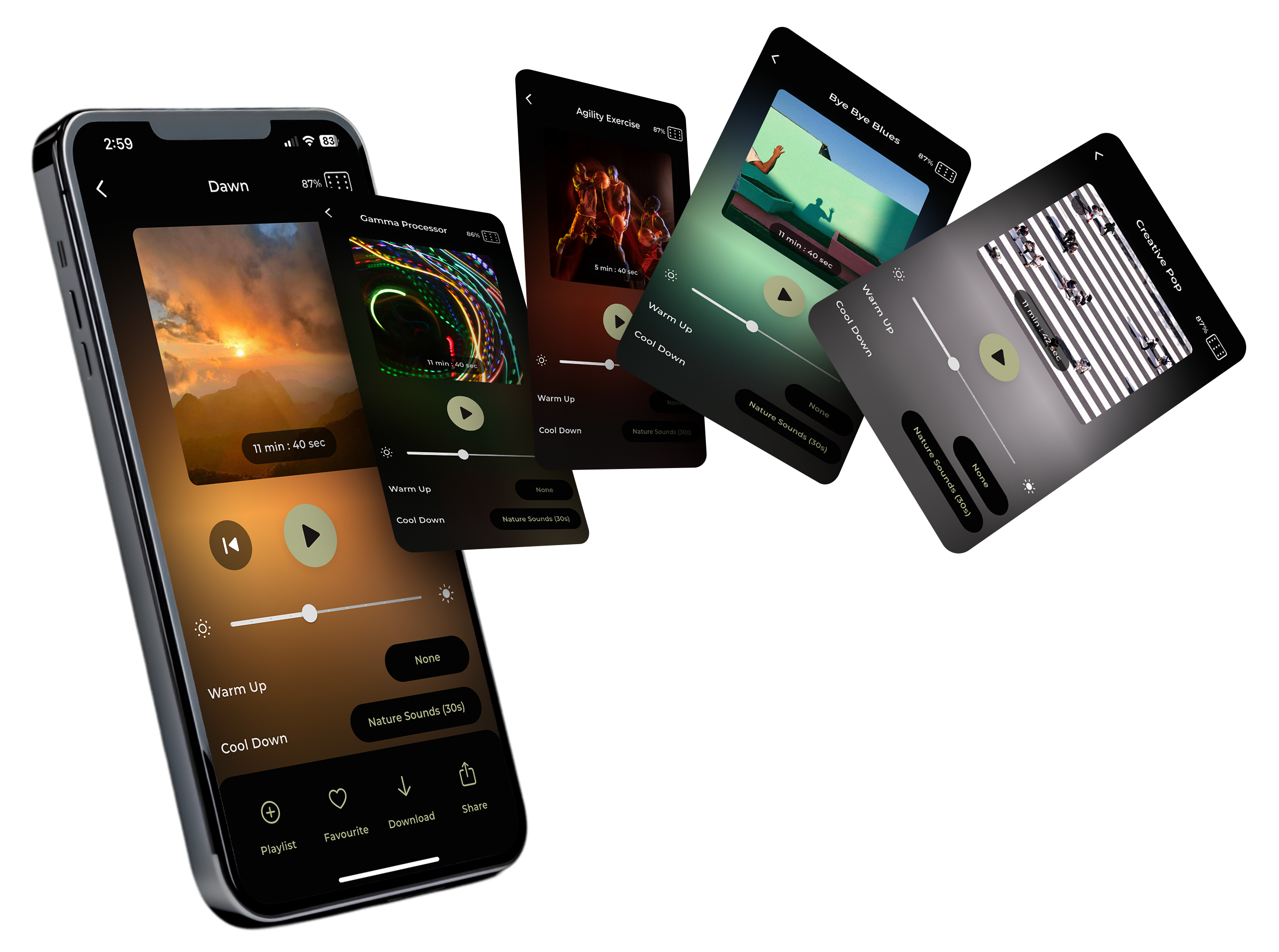
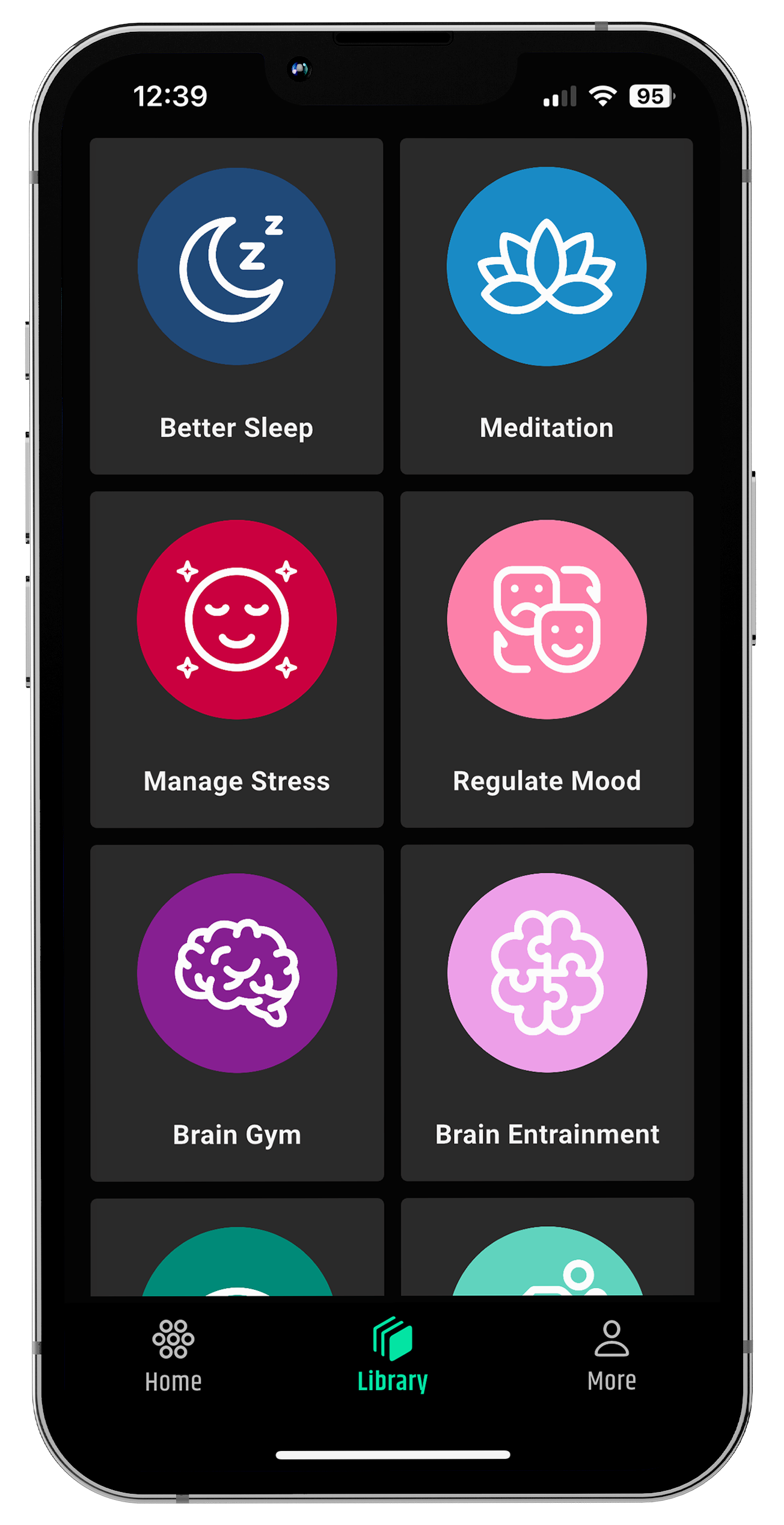
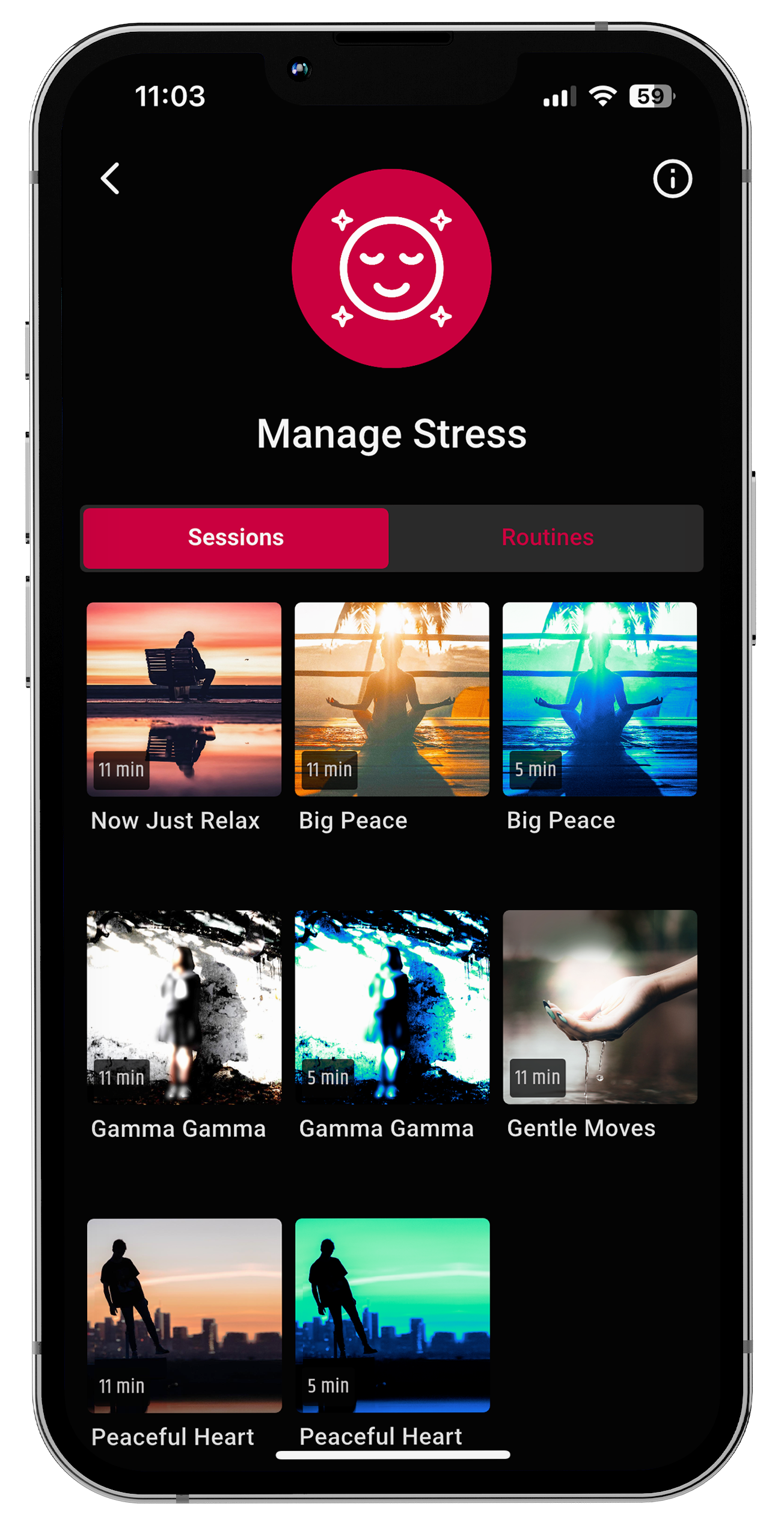
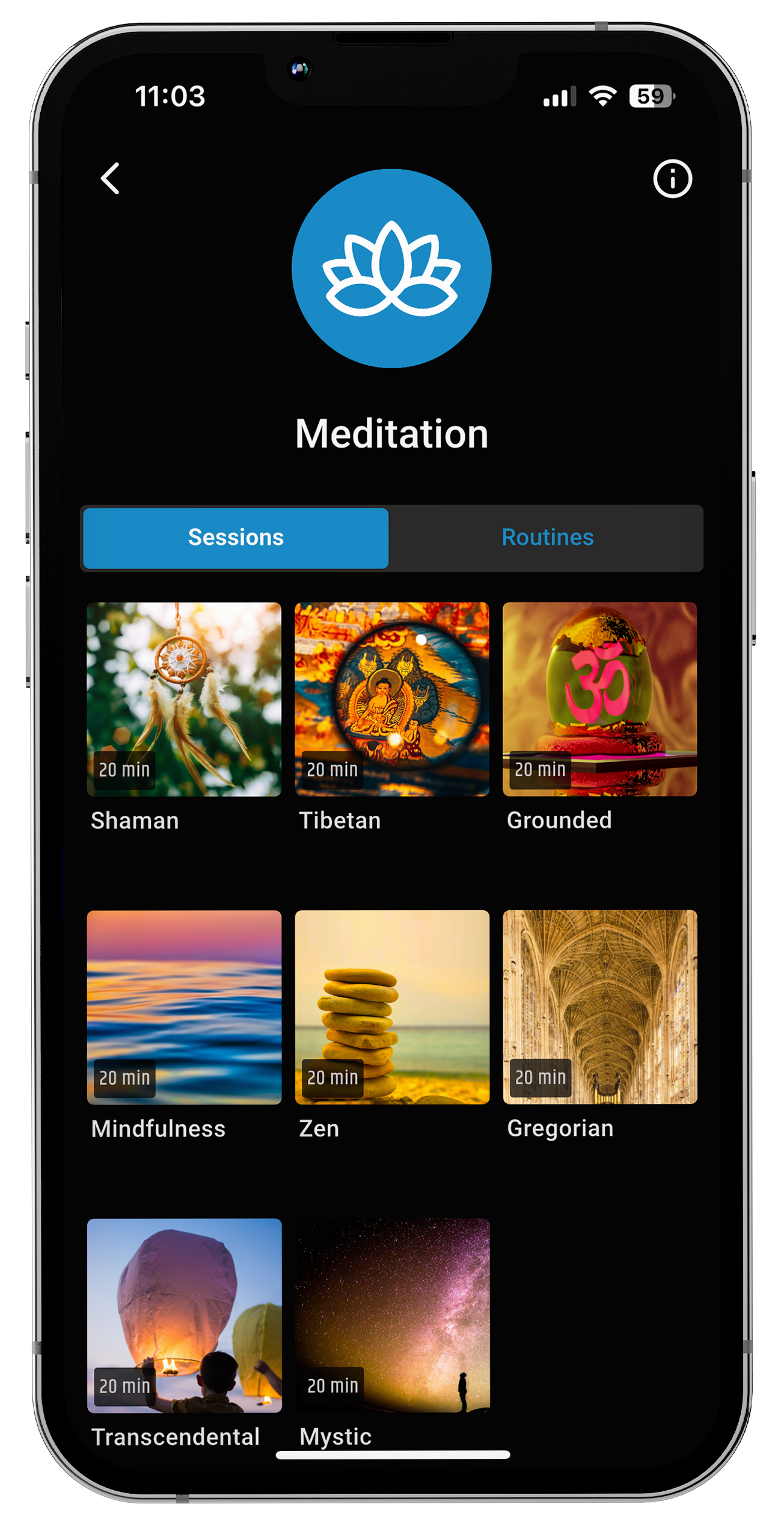
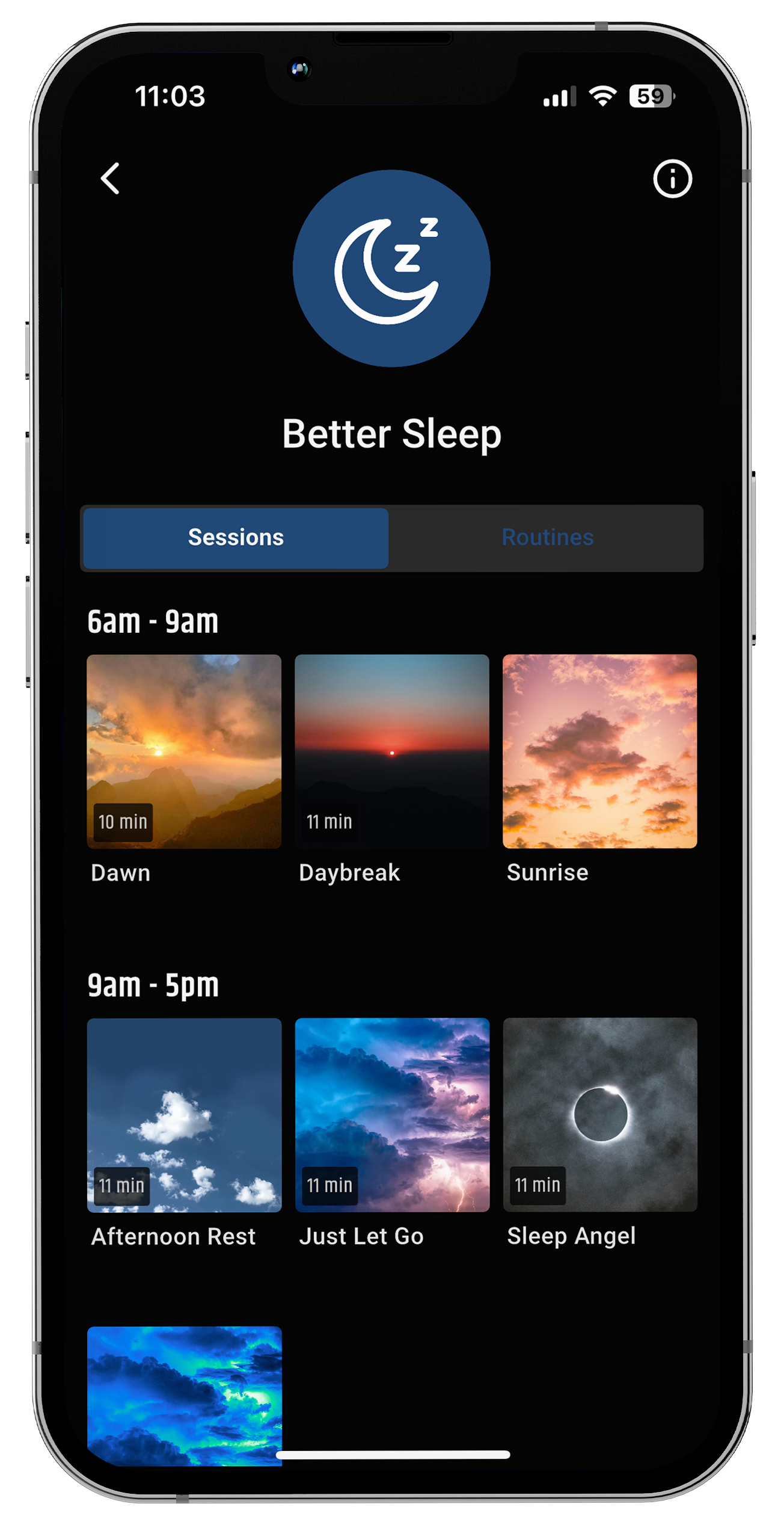
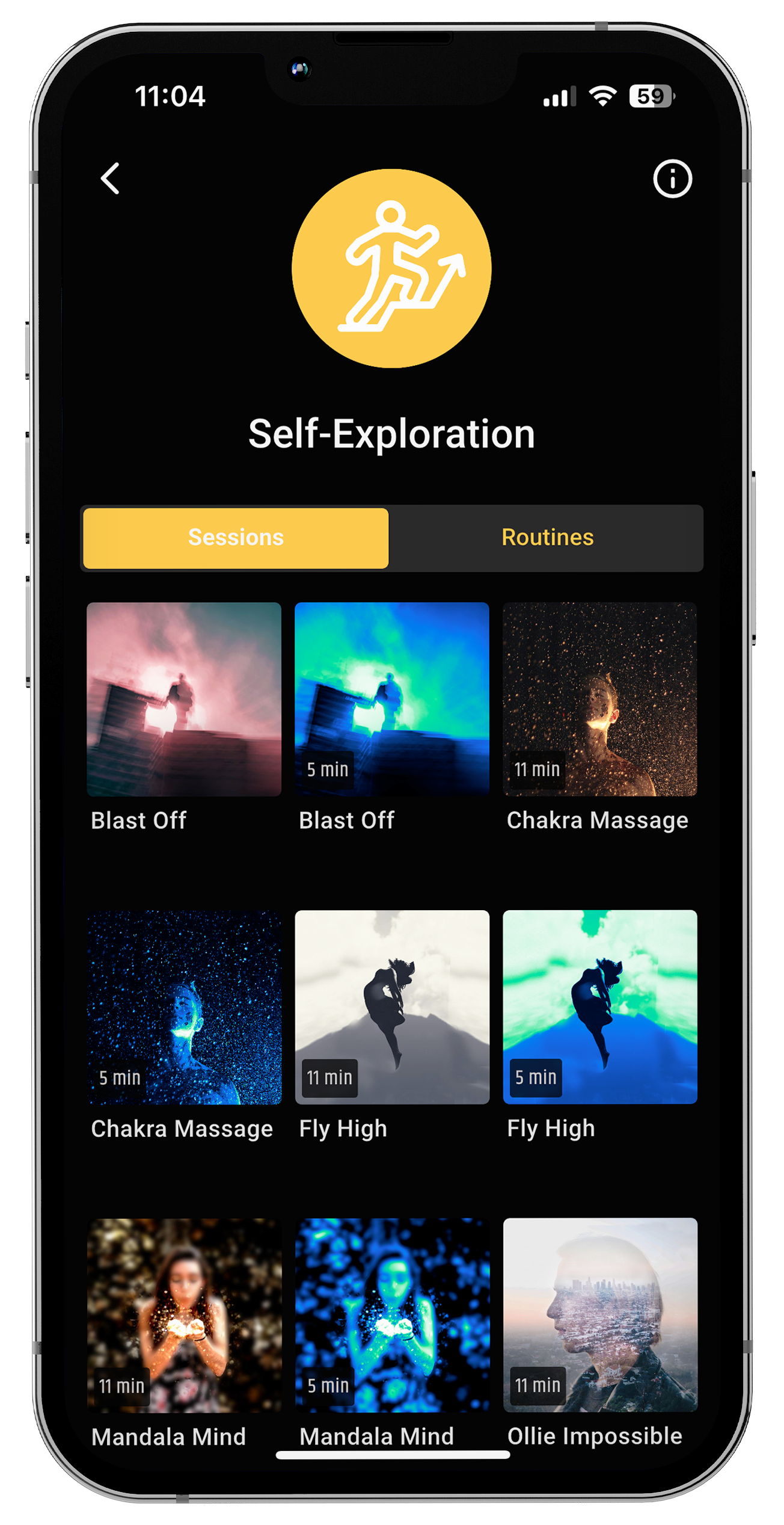
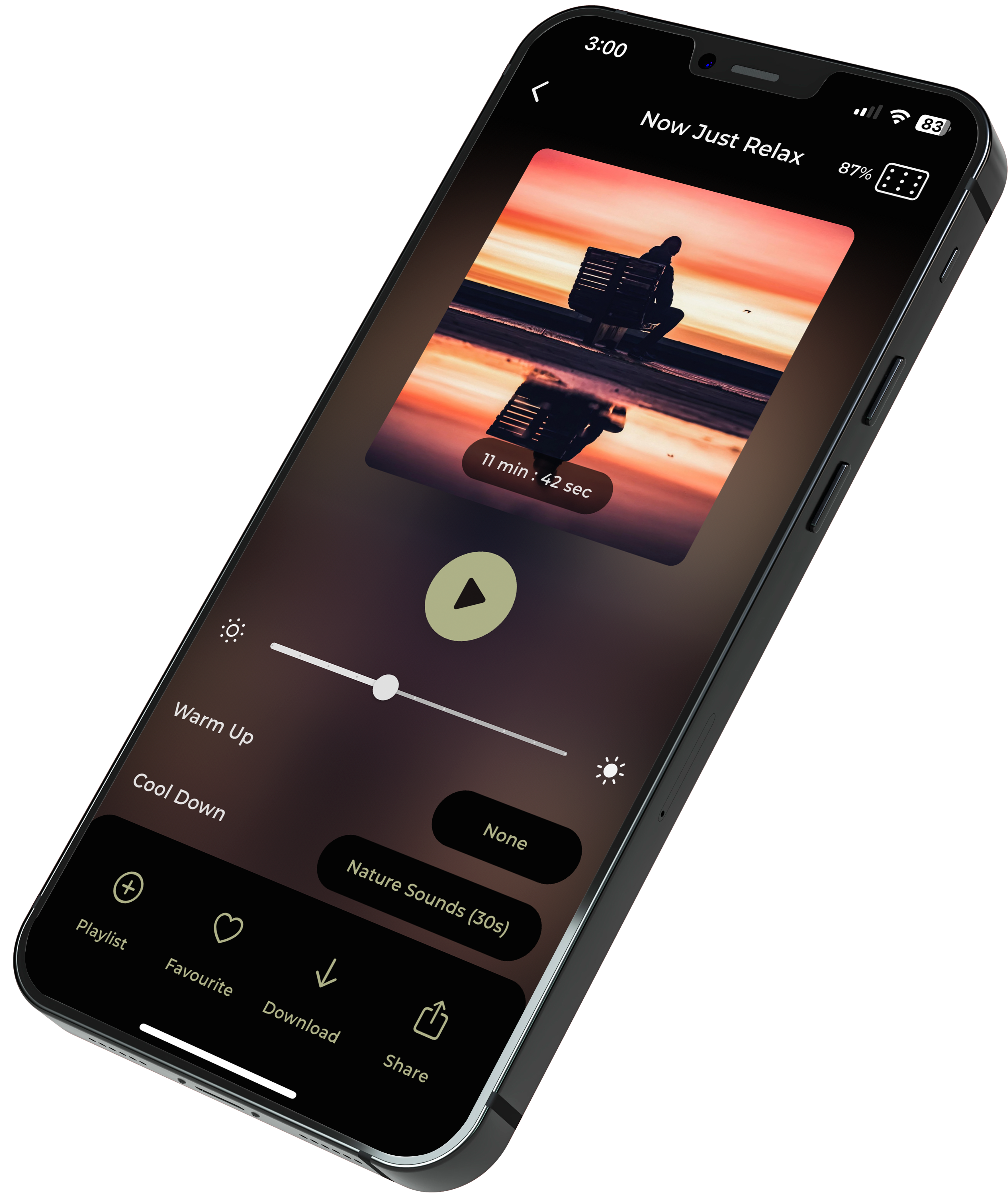


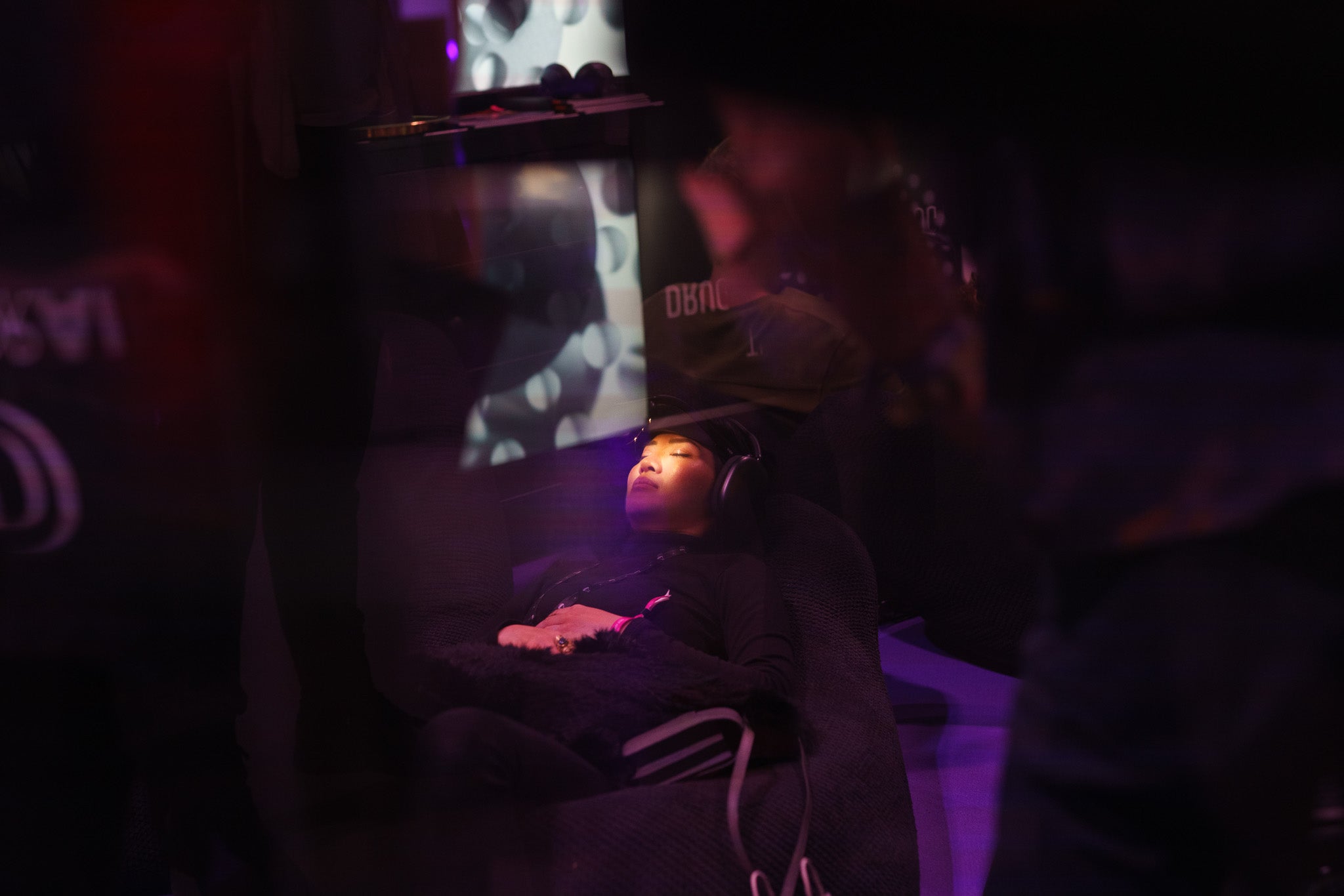




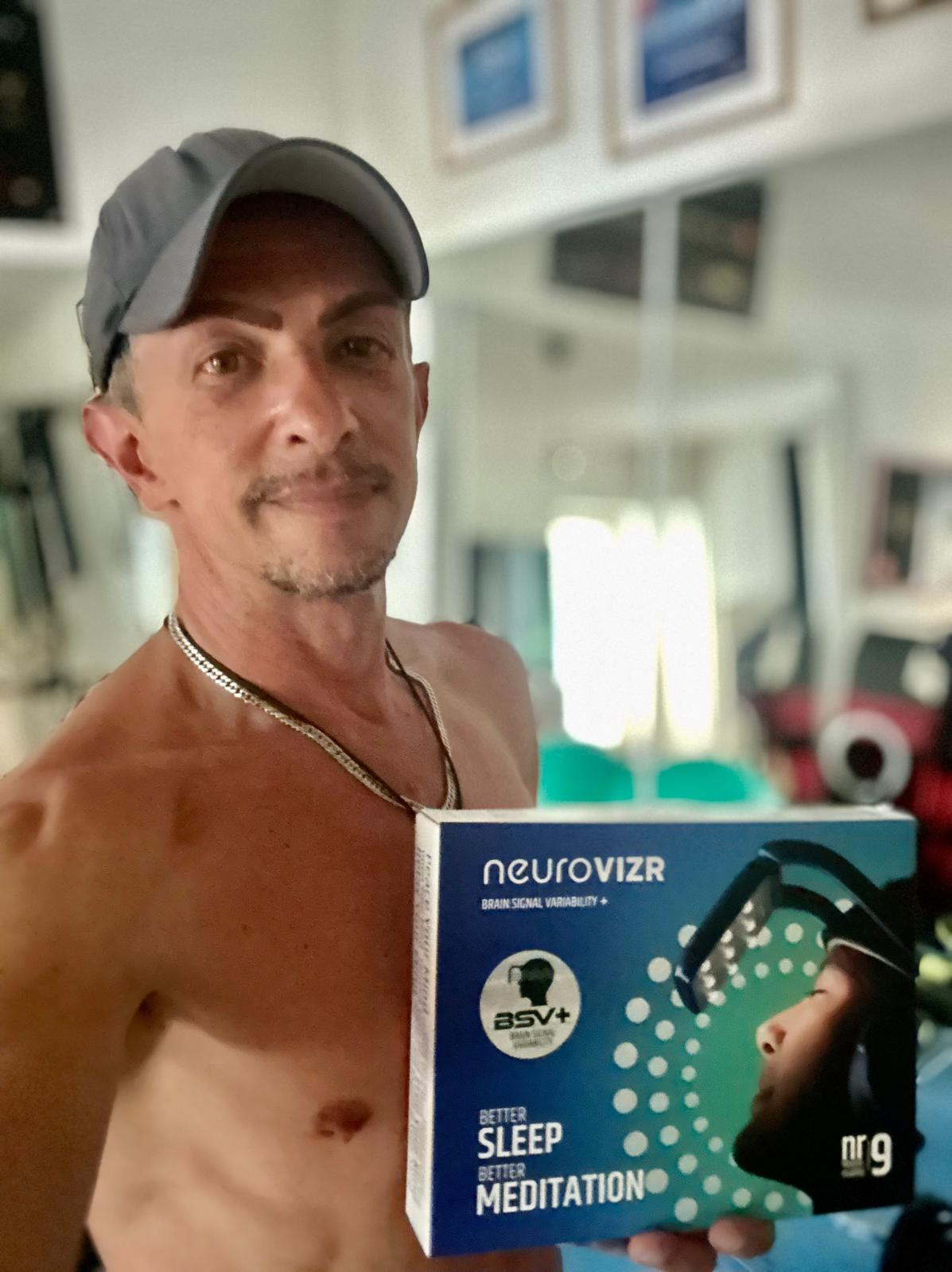
Partager:
Comprendre les problèmes d'attachement dans les relations : comment votre passé façonne votre présent